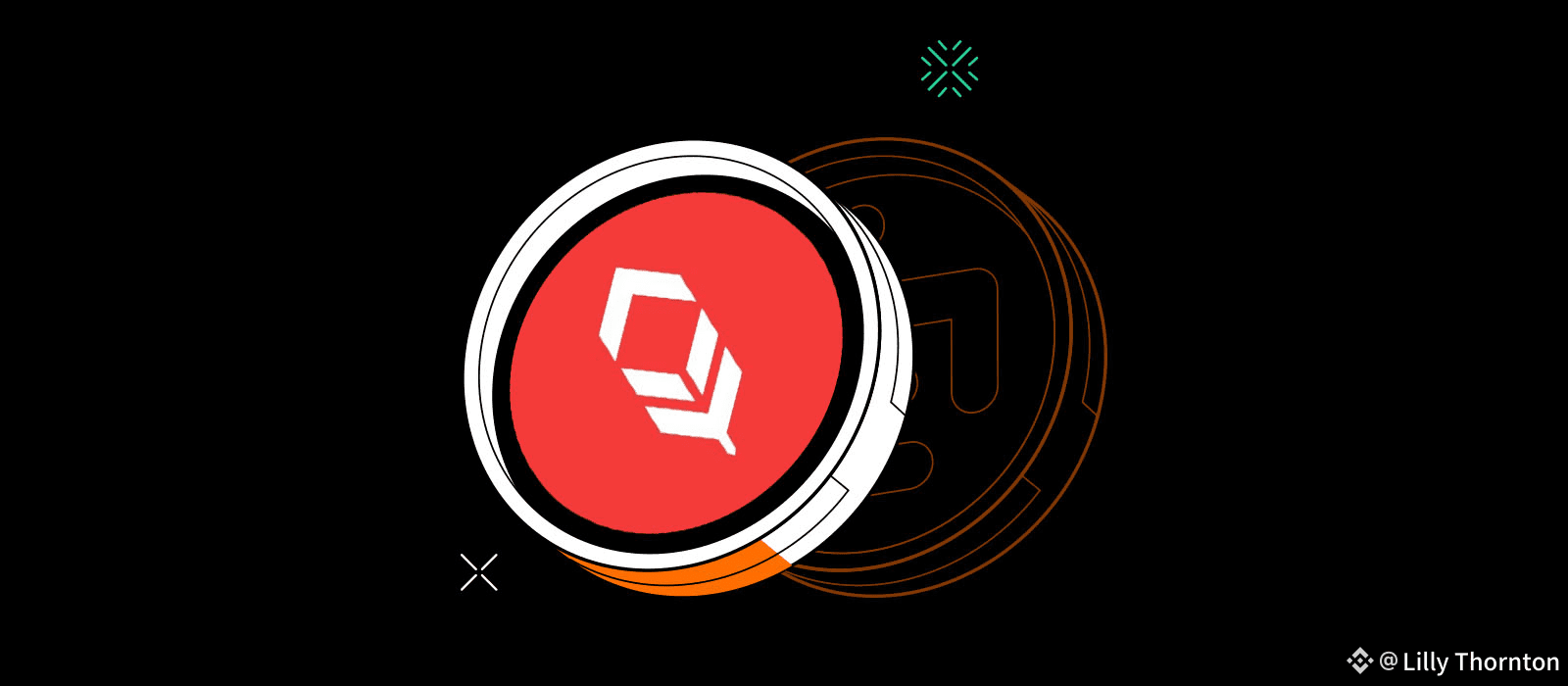Plume is redefining how real-world assets (RWAs) interact with blockchain technology through its modular Layer 2 network, purpose-built for Real-World Asset Finance (RWAFi). It’s designed to bridge the gap between traditional finance (TradFi) and decentralized finance (DeFi), allowing businesses and institutions to tokenize, trade, and manage both physical and financial assets on-chain with efficiency, transparency, and compliance.
Built as a modular and EVM-compatible ecosystem, Plume supports the full lifecycle of tokenized assets — from issuance and management to settlement and secondary market trading — within one unified infrastructure. This makes it a complete solution for institutions looking to transition real-world assets into blockchain-based markets.
Unlike general-purpose blockchains, Plume focuses specifically on solving the biggest challenges in RWA adoption: compliance, transparency, and interoperability. Through its modular architecture, developers and financial institutions can tailor how they integrate real-world assets into decentralized ecosystems without sacrificing security or scalability. This flexibility allows Plume to stand at the forefront of the next generation of asset-backed DeFi protocols.
At the core of Plume’s mission lies tokenization — the process of converting tangible assets such as real estate, commodities, corporate bonds, and equities into digital tokens that can be traded on-chain. Plume’s RWA-focused modules embed each tokenized asset with compliance logic and real-time reporting tools, ensuring full regulatory alignment while maintaining DeFi composability. This drastically lowers the barriers for traditional institutions to enter blockchain-based capital markets.
One of Plume’s defining strengths is interoperability. As an EVM-compatible Layer 2 network, Plume connects seamlessly with Ethereum-based protocols and existing DeFi applications, enabling liquidity to flow freely between traditional assets and decentralized markets. This integration bridges the gap between on-chain innovation and real-world value, unlocking diversified yield opportunities and global asset exposure for investors.
Compliance is another pillar of Plume’s design. The network offers programmable compliance modules and on-chain identity verification, allowing institutions to meet regulatory requirements without compromising decentralization. This ensures that both institutional players and individual users can operate within a transparent, secure, and compliant framework — a critical step for the mainstream adoption of RWAFi.
For developers, Plume opens new possibilities to build and innovate within the RWA sector. Its modular framework allows builders to create lending platforms, marketplaces, and DeFi protocols with built-in asset verification, token issuance, and settlement tools. By integrating off-chain data with on-chain logic, Plume simplifies the complexities of RWA management and enhances overall scalability and reliability.
Plume’s architecture also supports advanced financial mechanisms that make asset tokenization more practical and secure. Through programmable smart contracts, it enables real-time auditability, automated compliance enforcement, and seamless cross-chain interactions — ensuring trust and transparency at every level of the ecosystem.
In essence, Plume is not just another blockchain. It’s a complete infrastructure transforming real-world value into programmable, composable digital assets. By uniting tokenization, trading, and compliance in one modular framework, Plume is positioning itself as the backbone of the real-world asset revolution. It delivers the trust, liquidity, and efficiency that the global financial system needs as it evolves into a decentralized economy.
With its focus on interoperability, compliance, and scalability, Plume paves the way for a future where traditional finance and DeFi coexist within a single, efficient ecosystem. It represents a major leap toward the mass adoption of tokenized assets, enabling a world where every real-world value can live and thrive on-chain.


